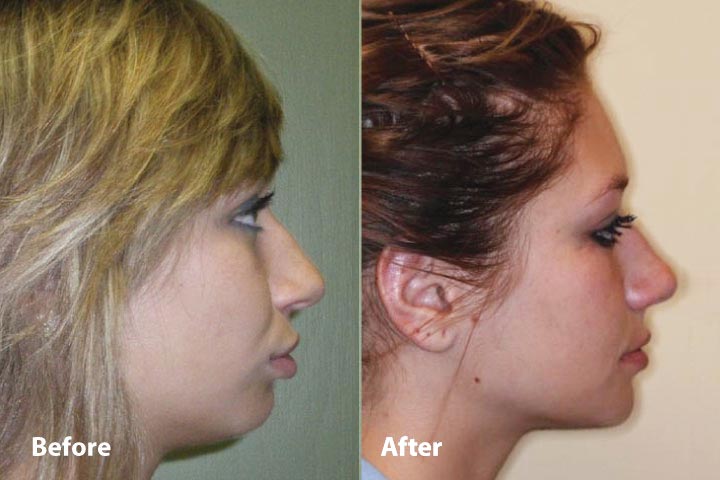
Surgical Orthodontics
Surgical orthodontics, also known as orthognathic surgery, is performed to alleviate bite problems or facial esthetic concerns that cannot be properly corrected with braces alone. It is performed in cooperation with your doctor, an oral and maxillofacial surgeon and your family dentist. If indicated, this surgery may improve your chewing, breathing and speaking capabilities. The surgery may also greatly improve facial appearance.
How does it work?
A patient wears braces and visits your doctor for adjustments during orthodontic treatment in preparation for surgery. As the braces move the teeth, it may feel as though the bite is getting worse, rather than improving. However, once orthognathic surgery repositions the jaws, the teeth will properly fit into a good bite. Orthognathic surgery is performed by an oral and maxillofacial surgeon in a hospital. It can take several hours, depending on the amount and type of surgery needed.
Lower jaw surgery requires separating the jawbone behind the teeth and moving the tooth-bearing portion of the jawbone backward or forward as needed. In upper jaw surgery, the jaw can be lowered, raised, expanded or repositioned backward or forward. Certain movements may require the jaws to be separated, with bone added or removed to achieve proper alignment and stability. Other facial bones that contribute to alignment may also be augmented or repositioned.
It will take one to two weeks to return to work or school after surgery, and six to eight weeks for the jaws to completely heal. After that, your doctor will continue to adjust your braces until your bite correction is ideal. Braces are usually removed within six to twelve months after surgery. Once the braces are removed, a retainer is worn to maintain proper alignment.


